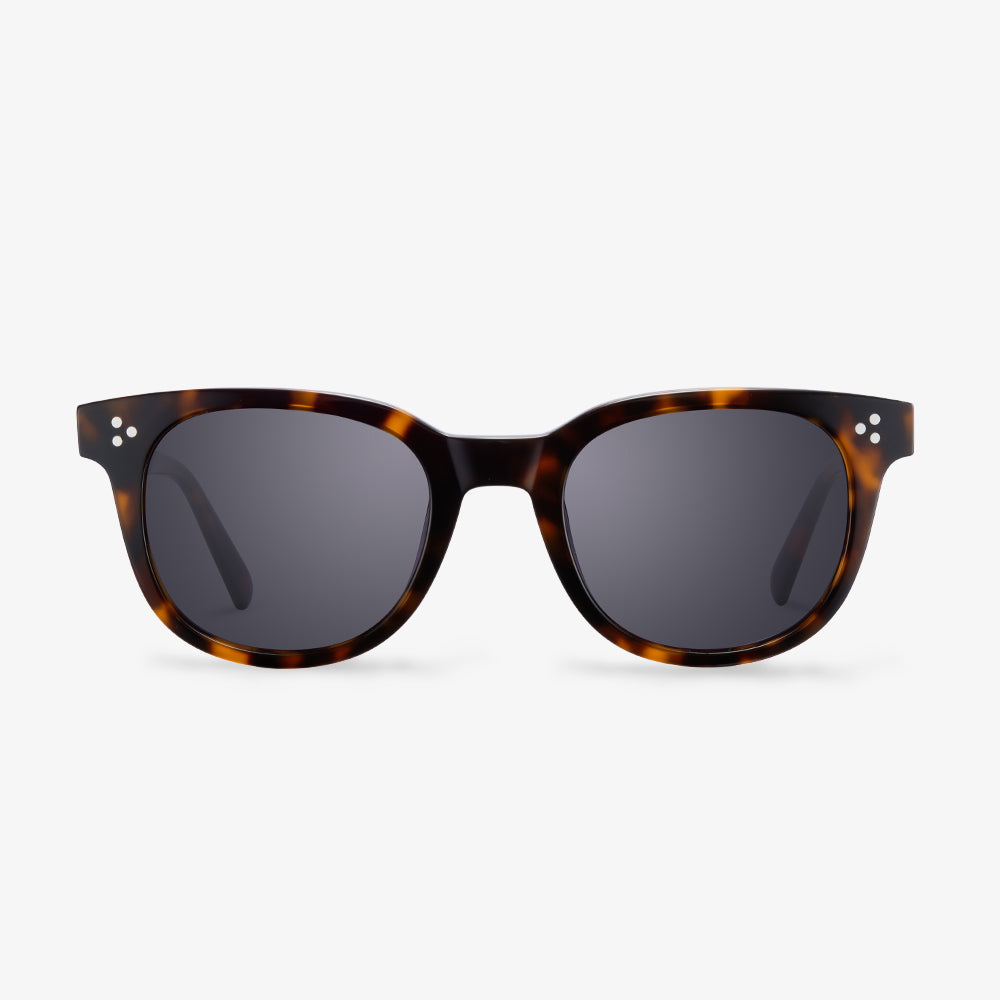What kind of lens is a progressive lens?
Progressive lenses are optical lenses designed for simultaneous correction of far, medium (for computer use), and near (for reading). They are Progressive Additional Lenses (PAL). The so-called progressive, The so-called progressive, is the use of polishing technology to achieve a gradual transition between the two focal lengths. The advantage of this design is that the wearer can see far and near objects alternately without taking off the glasses.
How Long Does It Take to Get Used to Varifocals?
When you get a new pair of glasses, you have to get used to them. So, how long does it take to get used to the glasses? Some people only need a couple of days to get used to them while some others may need up to two weeks.
It is normal if you can only see the frame rim of your glasses when you first wear them. The reason for this lies in the brain’s visual center. It needs to adapt the new and greatly improved visual conditions.
Is it expensive to fix glasses?
Many optician shops can fix a broken pair of frames for less than $50. Some retailers, like LensCrafters, provide glasses with a one-year extended warranty for as low as $35. If you have such a warranty, you can have your glasses repaired for a fraction of the cost. Is it expensive to fix glasses? It depends on the specific situation. World Optic, for example, has led the eyeglass repair industry since 1972. World Optic combines over 90 years of eyeglass repair experience and uses cutting-edge technology to create a complete science of the process of repairing broken glasses and sunglasses from start to finish. We have to see that for every single repair, there is a specific quote for different degrees of repair and for different parts.
Large frame glasses
This year, glasses with large frames are popular, or glasses with wide edges are good-looking. The design inspiration of many series comes from the classic design. The rectangular frame shines brilliantly, but the angular line is softer. Many frames are made of synthetic fiber materials with excellent sculpture effect and wide application range, which has become mainstream.
Who need progressive lenses?
There is no limit to the degree of progressive multifocal lenses. Whether it is nearsightedness, presbyopia or moderate astigmatism, it can be worn, but not everyone can wear it. There are two types of progressive multifocal lenses on the market, one is hard and the other is soft. The main difference between the two designs is the length of the progressive channel. The rigidly designed progressive film has a short progressive path and relatively less peripheral aberrations. In order to ensure vision at various distances, fewer vertical dimensions are required. For example, a teenage progressive film belongs to this design, but because of its short gradual path, the gradation process is too short. Fast. Compared with the elderly, this design is more difficult to adapt; the soft design of the progressive film has a relatively long gradation channel and relatively large peripheral aberrations, but due to its long gradation channel, the gradation process is relatively smooth, which makes it easy to wear glasses It is suitable for people with poor adaptability.
If you are a person who is able and willing to accept new things, understand and adapt to the temporary discomfort caused by progressive addition lenses, we suggest that he can wear a pair, if he has severe hypertension, dizziness and other symptoms, or People who have misunderstandings about progressive lenses and are unwilling to adapt should not try them. Because you first wear progressive multifocal glasses, you may experience: slight dizziness, shaking when walking, and being careful when moving up the stairs.
The perception of space has changed, the perception of the distance of the object, and the perception of depth have changed. New wearers should not drive immediately and do strenuous exercise. When you look close, you need to turn your eyes down, and your eyes are mildly uncomfortable. Seeing an object through the blurred vision area around the lens makes the object blurred. Therefore, when new wearers look at things, turn their heads more, turn their eyes less, try to use the far-use zone, the near-use zone, and the middle-distance zone to see objects.
Loch Eyewear
Loch Eyewear, a Canadian company, makes prescription glasses and sunglasses from 500-year-old North American wood and plant-based plastic frames. Their glasses are made in Canada and feature high definition, durable, anti-glare polycarbonate lenses. Loch Eyewear provides a home trial program that allows customers to try three frames at home for three days with free shipping in both directions. If you like a pair of glasses, they'll put the lenses inside them and send them back to you.
Why is a prescription for glasses different from a prescription for contact lenses?
The frame glasses degrees are the optometric degrees of the eye, and the difference between the frame glasses degrees and the contact lens degrees is mainly due to the different contact distances between the two lenses and the eye. Usually, degrees of contact lenses and glasses need to be converted by a professional through vertex diopter. The conversion formula is Fc=Fs/(1-d×Fs). In the formula, Fc is the diopter of contact lens, Fs is the diopter of glasses frame lens, and D is the distance between frame glasses lens and cornea. Assuming that the prescription of frame glasses is -4.00d and the distance between lens apex is 12mm, the prescription of contact lenses is -4.00/ [1-0.012×(-4.00)] = -3.82d.











































